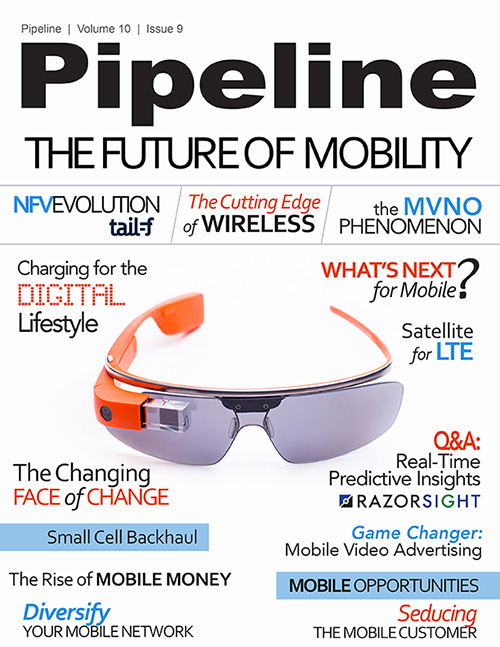Making Mobile Networks As Diverse As The Experiences They Deliver
Best performance on today’s mobile networks with their heterogeneous usage calls on a parallel mix of heterogeneous disciplines. Voice technologies and practices should be complemented with application of data and video technologies and practices. There should be strong comprehension of all sorts of networked applications in addition to phone calls. There are lessons to be learned from multiple types of networks including those that have driven the onset of IP applications and those that propagate high-quality video programming.
There are decades of well-honed practice in a field like Ethernet about how to determine and apply policies that assure the traffic with greatest user sensitivity is delivered with the right quality of service (QoS) when there's bandwidth contention. Cable and satellite systems multiplex together digital video streams taking statistical advantage of their variable bit-rate nature to assure stream availability at the best possible quality. There's important distinctive expertise from the mobile realm to combine with these, such as the variability in a cell's capacity as devices start and stop sessions, move, and enter and exit.
The key is to apply these various disciplines at the network’s edge where the core meets the RAN (radio access network). This is where all of these different media and services come together in a large multiplex of traffic. It is also where the radio-frequency spectrum licensed by the particular mobile operator becomes the governor of capacity, bringing on sporadic congestion challenges. These come from various events such as a couple of large downloads, a group of people simultaneously getting online after breaking from some other activity they were doing together, or when reception conditions for one session suddenly degrade and the network changes allocations among all the other users in the same cell to compensate. Such occurrences could result in a reduction of the overall respective cell capacity.The RAN is where capacity expansion has tended to be most brute force and expensive, but the edge is where more clever approaches can extend lives of RAN investments already made. A holistic, edge-based approach to mobile networking, considering all of the applications and media within traffic, can address today’s rising challenges.
An example of a trade-off to leverage is determining and maintaining minimum delivery bit rates for streaming video, to ensure that there are no stalls or freezes. When necessary, extra capacity
can be diverted towards browsing and interactive applications to assure low latency. When possible, adding that extra capacity back to streaming video can be done to maximize quality. So, my
basketball highlights will always play smoothly, and the resolution will be pristine when possible, as long as that doesn’t delay the vital delivery of street traffic information to someone
else.
Sensitivity to increasingly heterogeneous mobile network traffic should also evolve industry approaches to reporting and analysis from the dominance of voice KPIs. For streaming, lacks of freezes
and interruptions are important to track, including amount of time that at least minimum quality levels are met as well as how frequently higher quality levels are met. For browsing and
interactive applications, latency thresholds should be determined and tracked. Prioritizations across these different kinds of traffic can drive preferences for which ones should most exceed
these threshold levels when capacity allows.
Intelligence across multiple types of applications and media, including the techniques used in networks that have historically delivered them, can come together for a new era of mobile network
management. The results are better use of investments already made for capital efficiency today and insightful analysis of performance to guide better decisions going forward.





















